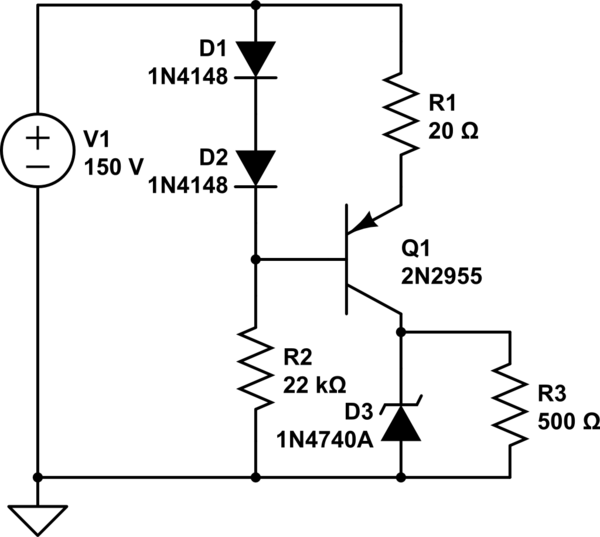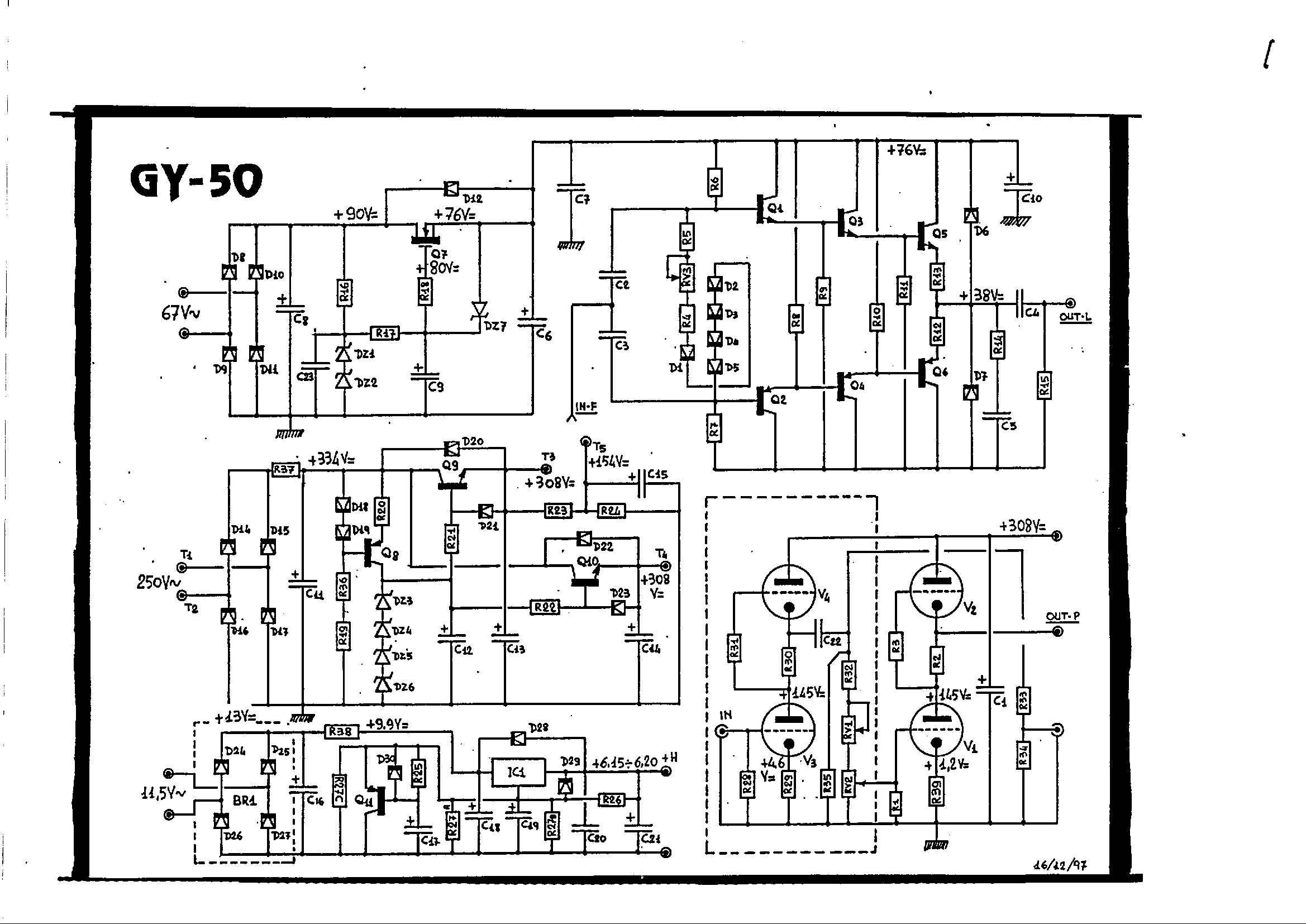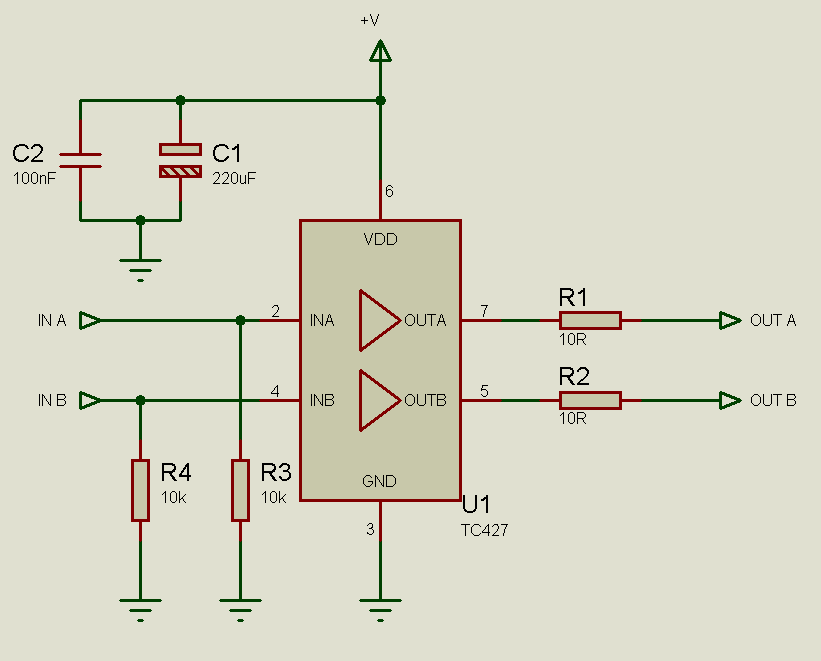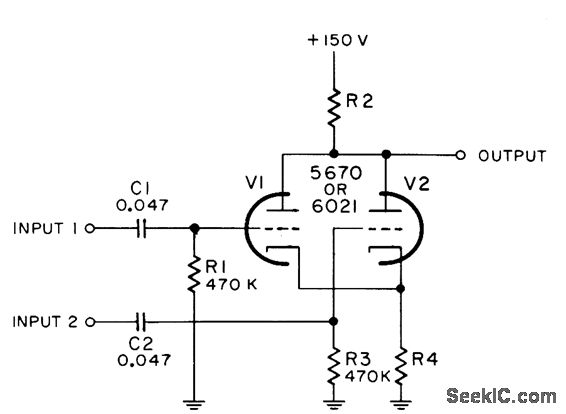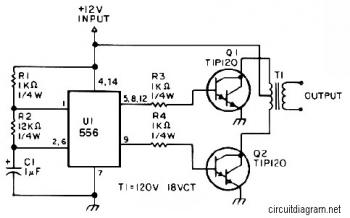
How to Boost Efficiency at Low Loads
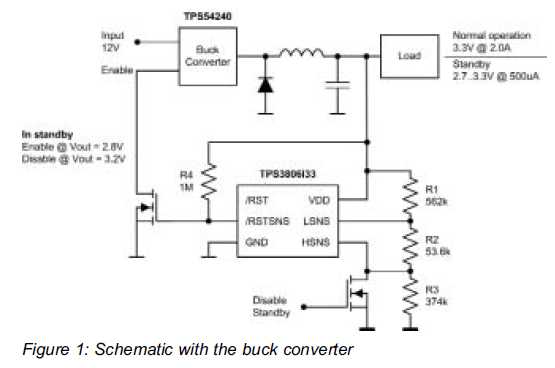
Small additional circuitry during standby can significantly enhance efficiency. In a modern vehicle, multiple microcontrollers are required to support safety, navigation, entertainment, and comfort electronics.
The integration of additional circuitry during standby mode in automotive applications is crucial for optimizing power consumption and improving overall system efficiency. Modern vehicles are equipped with various microcontrollers that manage essential functions, including safety systems, navigation aids, entertainment interfaces, and comfort features such as climate control and seat adjustments.
To achieve heightened efficiency during standby, the design of the circuitry can incorporate low-power components and intelligent power management techniques. This may involve the use of voltage regulators that maintain a minimal power draw when the vehicle is not in active use. Additionally, employing sleep modes for microcontrollers allows them to enter a low-energy state, consuming significantly less power while still being able to wake up quickly when needed.
Furthermore, the implementation of energy harvesting methods, such as solar panels or regenerative braking systems, can supplement the power supply during standby periods. This approach not only enhances the efficiency of the vehicle's electronic systems but also contributes to a more sustainable energy model.
In conclusion, the careful design of standby circuitry in modern automobiles is vital for ensuring that multiple microcontrollers operate efficiently, thereby reducing overall energy consumption and extending the life of the vehicle's battery.Small additional circuitry during standby can boost efficiency tremendously In a modern car several microcontrollers for safety, navigation, entertainment and comfort electronics have to be supplied. Most.. 🔗 External reference
The integration of additional circuitry during standby mode in automotive applications is crucial for optimizing power consumption and improving overall system efficiency. Modern vehicles are equipped with various microcontrollers that manage essential functions, including safety systems, navigation aids, entertainment interfaces, and comfort features such as climate control and seat adjustments.
To achieve heightened efficiency during standby, the design of the circuitry can incorporate low-power components and intelligent power management techniques. This may involve the use of voltage regulators that maintain a minimal power draw when the vehicle is not in active use. Additionally, employing sleep modes for microcontrollers allows them to enter a low-energy state, consuming significantly less power while still being able to wake up quickly when needed.
Furthermore, the implementation of energy harvesting methods, such as solar panels or regenerative braking systems, can supplement the power supply during standby periods. This approach not only enhances the efficiency of the vehicle's electronic systems but also contributes to a more sustainable energy model.
In conclusion, the careful design of standby circuitry in modern automobiles is vital for ensuring that multiple microcontrollers operate efficiently, thereby reducing overall energy consumption and extending the life of the vehicle's battery.Small additional circuitry during standby can boost efficiency tremendously In a modern car several microcontrollers for safety, navigation, entertainment and comfort electronics have to be supplied. Most.. 🔗 External reference
